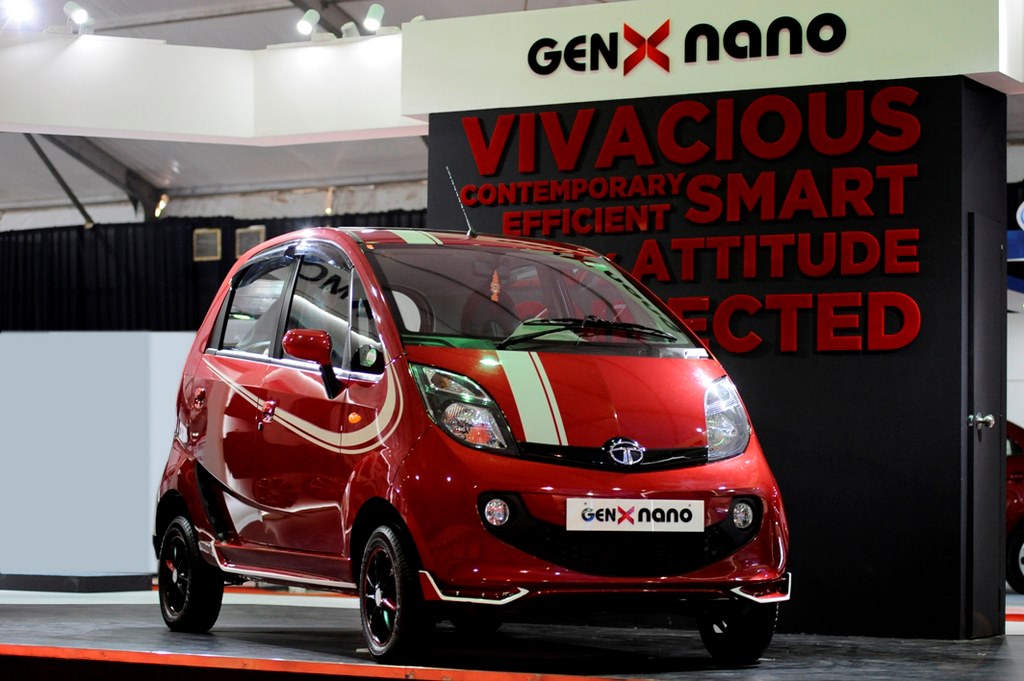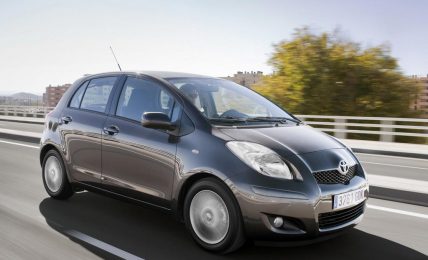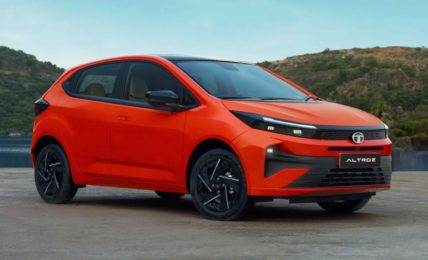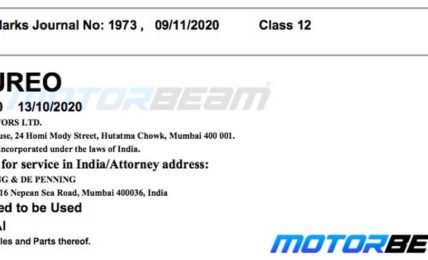The maker of the world’s cheapest car, Tata Motors, now plans to take on the likes of Maruti and Hyundai in the AMT segment.
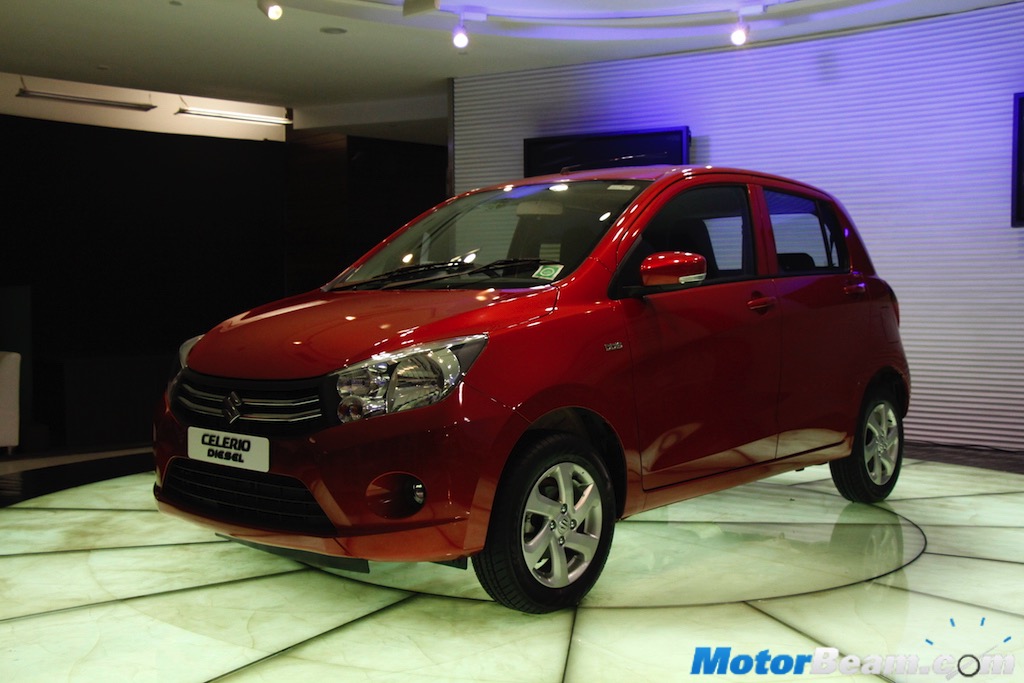
In India, people living in major cities have always had one problem, bumper to bumper traffic, which makes driving feel like a very unpleasant experience. Finally at the 2014 Auto Expo, Maruti launched the Celerio, which had an option of an AMT gearbox. This was good news for Indian buyers because they would get an automatic transmission for only a marginal hike in price.
This idea did work out just fine and soon other automakers caught up to the idea as well. At present, there are 6 AMT cars available from different manufacturers in the market, with 20 more in line to be launched in the recent future. In total there are nearly 1,00,000 AMT vehicles running on Indian roads at present and by 2020, those numbers are predicted to go way up to 3 times more. Joining the bandwagon, Tata Motors now wants to democratise automatic technology.
This plan of democratising automation in vehicles includes offering clutchless variants on almost 7-8 models over the span of the next three years to compete with the likes of Maruti and Hyundai who at present dominate the Indian car market scene. Being a very affordable, yet effective add-on as it is, AMT is probably the future of India’s motoring. Tata Motors is expected to offer an AMT gearbox in the Kite 4, Kite 5, Osprey SUV and the Pelican in the near future.
Other major car manufacturers are also planning on introducing AMT in their vehicles, likes of which would include Mahindra & Mahindra and the Renault-Nissan alliance. Mahindra has developed its own AMT with the help of Ricardo and it is being used on the TUV300. The Renault-Nissan alliance on the other hand have found an in-house solution for the AMT gearbox. Hyundai, which is a major player in the Indian market at present is also looking for an AMT that will be offered in a few of their entry-level cars.
